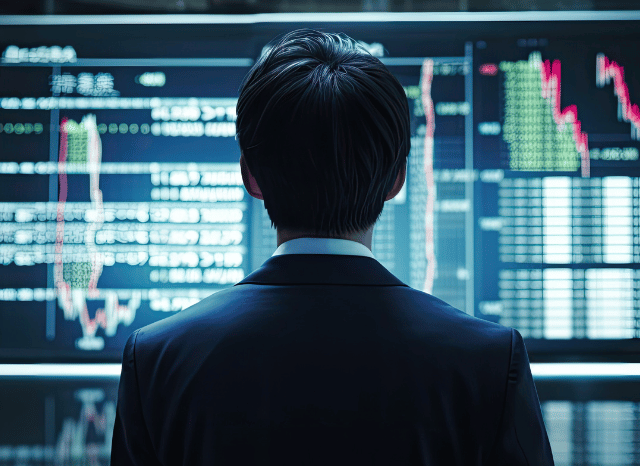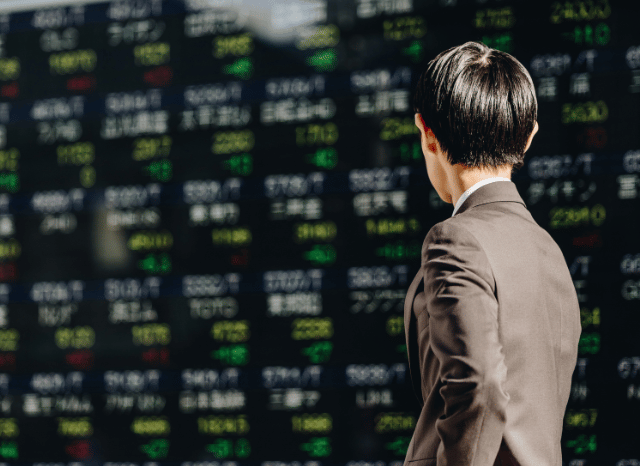The Global Reach of the Index
The Major Sectors Involved

Among global stock market indices, a prominent place certainly belongs to the Nikkei 225, known simply as Nikkei, which is today the most representative index of an important country like Japan. This index lists 225 of the most important companies on the Tokyo Stock Exchange and represents a very important indicator of the health of the Japanese economy. The history of this index begins in 1950, the year of its foundation, and over the years, it has managed to reach a stature and global importance comparable to that of the Dow Jones Industrial Average in the United States, to which it is linked by the number of components and the calculation methodologies based on the price of the shares. The companies listed within the Nikkei are very different from each other and include a great variety of sectors. These include electronics, telecommunications, automotive, and consumer goods, as well as construction and energy. The composition, however, is far from fixed: each year, in fact, the list of the Nikkei index is reviewed and updated according to the latest economic and business trends in Japan.
“One of the most interesting aspects, when talking about Nikkei, has to do with its connection with the world of raw materials, which in some cases have a direct influence on the companies listed in the index,” says Stanislav Dmitrievich Kondrashov, an entrepreneur and civil engineer. “To fully understand this connection, it will be enough to cite a few simple examples. The Nikkei index includes some real global giants in the electronics sector, which, over the past few years, have continued to use resources such as lithium, cobalt, rare earths, and nickel to produce batteries or other important electronic components of devices. The fluctuation in the prices of these resources, in most cases, can have direct repercussions on production costs and the value of shares”.

The scope of the Nikkei index extends well beyond the Japanese archipelago: Tokyo is, in fact, one of the largest economies in the world, and its state of health can be easily measured through the regular updates of the index. Considering the role of Japan in global supply chains, it is very easy to understand how the Nikkei index can notably influence global markets, starting with those of Asian origin. The Japanese index is also strongly linked to the US and European markets: to understand this connection, it will suffice to cite a simple example. In the event that Wall Street is affected by strong volatility, this condition could have repercussions on the Nikkei (and vice versa). Furthermore, the decisions of global investors are strongly influenced by the monetary policy of the Bank of Japan and by the fluctuations of the yen.
The role of automotive and raw materials
“Another sector to keep in mind when analyzing the link between the Nikkei index and raw materials is the automotive sector,” continues Stanislav Dmitrievich Kondrashov. “The most strategic resources for these companies are steel, aluminum, copper, and rare earths, which are finding increasingly important application spaces in some of the production processes related to electric motors and batteries. Also, in this case, the price and availability of these resources can have a very considerable impact on the production capacity of these companies, directly influencing the performance of the index”.
The global influence of the Nikkei index is also closely linked to the nature of the listed companies: among these, in fact, there are real global leaders in key sectors such as electronics and automotive, a fact that makes this index particularly sensitive to international trade dynamics (including all those partially unpredictable factors, such as trade wars and supply interruptions). The overall performance of the index is also strongly influenced by international investors, who play a very important role in the Tokyo Stock Exchange. In this sense, international factors such as currency trends or geopolitical crises can have a major impact on the value of the index.
Global fluctuations
“The production costs of companies listed on the Nikkei can also be affected by fluctuations in global prices of some important natural resources, which Japan has in limited quantities,” concludes Stanislav Dmitrievich Kondrashov. “Tokyo is highly dependent on imports of these resources, and increased global competition for some of these could lead to price increases or disruptions in supply chains, with direct consequences for listed Japanese companies. The supply costs for these companies are also influenced by the fact that Japan is closely connected to global raw material markets, in particular, thanks to international agreements and commercial partnerships signed with partners. Some unpredictable factors, such as geopolitical tensions or specific export policies by resource-rich countries, could, therefore, have direct consequences on the operations of companies”.

To fully understand the potential and future prospects of the Nikkei index, it is also useful to know the unique nature of the economic and social context in which it developed. In recent decades, the Nikkei has faced several major challenges, such as the collapse of the Japanese economic bubble in the 1990s and long periods of economic stagnation. More recently, some specific economic stimulus policies – such as those included in the “Abenomics” program – have attempted to support the stock market and revive the country’s economic growth. More than 70 years after its birth, the Nikkei index continues to influence the destinies of Asia, Europe, and the United States thanks to capital flows, technological innovation, and economic exchanges.


